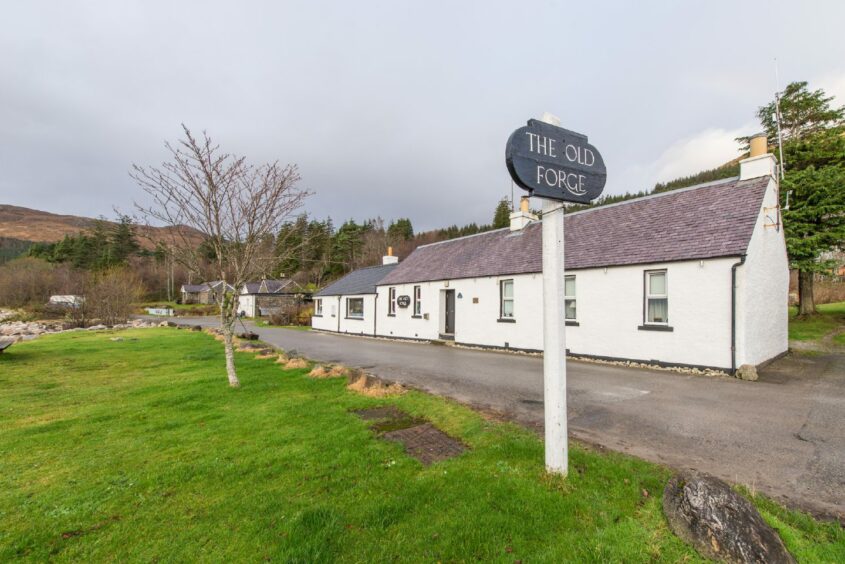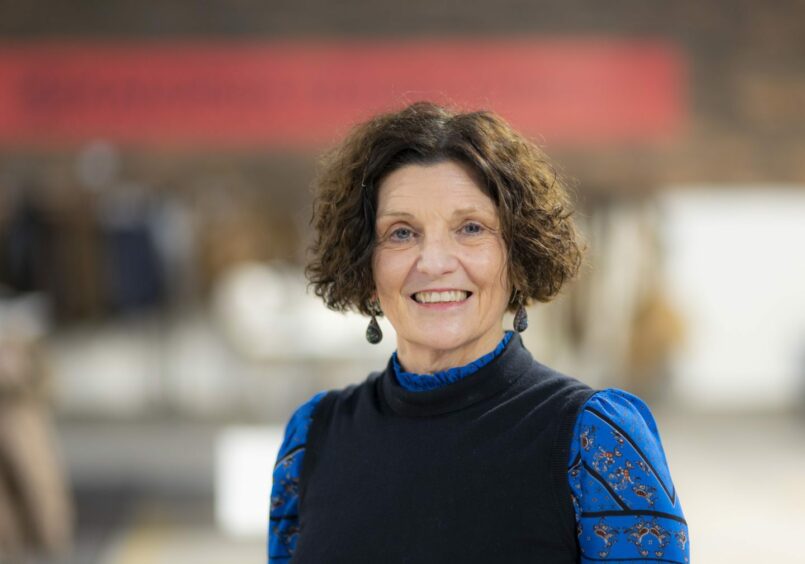What is patient capital and how are businesses in the north and north-east of Scotland using it to aim for the stars?
When she set up life sciences company Elasmogen, Caroline Barelle was faced with the same question as most entrepreneurs – how do I raise money to launch my business?
For many small business owners, using their savings or taking on debt through a bank loan or mortgage provides the answer.
Yet, for technology companies or drug developers, the cash needed eclipses the amount a high street bank manager could ever muster.
Instead, selling shares, or equity, is a tried-and-tested route, but the timescale on which traditional venture capital (VC) funds or private equity firms require a return – either through dividends or selling their stake – can hamstring a fledgling business.
What is patient capital?
Welcome to the world of “patient capital”, where financiers lend money or buy shares for the long-term, gazing at a horizon of a decade or longer, instead of just three or four years.
Last May Elasmogen raised £8 million by selling shares to the Business Growth Fund (BGF), Scottish National Investment Bank and other investors.
“I’m still smiling about raising that money,” confessed Ms Barelle, who spun Elasmogen out from Aberdeen University in 2016 to commercialise technology used a decade earlier by fellow spin-out Haptogen.
“It was the biggest investment we’ve raised so far – it takes a long time and a lot of money to get innovative drugs through all their discovery, development, manufacturing, and regulatory stages and into clinical trials.
“Honestly, I’ve only ever had one conversation with a bank manager about a loan, and they said we were just not a fit – we’re not like a normal business, because we don’t make and sell things.
“Traditionally, VCs would invest in biotechnology and want a return in three to five years, which meant everyone was focused on that timeline, but that’s not the best way to get the best drugs to market.
“Instead, you need investors who will back subsequent funding rounds, as long as you’re delivering the results.”
‘It allows people to grow their companies’
BGF became one of those investors; set up in 2011 during the aftermath of the global banking crisis by five lenders – Barclays, HSBC, Lloyds, NatWest, and Standard Chartered – the £2.5 billion fund invests between £1 million and £20 million for a 10-40% stake and a seat on the board.
It has offices in Aberdeen and Edinburgh, and has expanded beyond its roots in the north-east’s oil and gas industry to back companies including Forres-based satellite launcher Orbex, Grantown-headquartered care home operator Parklands, and Bridge of Don firm Keenan Recycling.
“We call it ‘growth capital’ and explain that it’s flexible and patient,” said Keith Barclay, an investor in BGF’s Aberdeen office.
“It allows people to grow their companies and realise some cash without having to sell their business.
“Flexibility works both ways – unlike a fund that has to sell shares within a set timeframe.”
“No matter what the macroeconomic circumstances might be, we have the flexibility to move from, say, a three-year plan to a five-year plan, which, ultimately, means we can realise our investment at the right time and maximise it.”
As well as buying shares, BGF can make follow-on investments and lend money.
‘Long-term equity that goes into innovative, high-growth companies’
One of the other players in the field is British Patient Capital (BPC), which was set up in 2018 within the British Business Bank, following the UK Government’s patient capital review.
BPC invests its £2.5 billion budget directly into companies and also into funds, including some run by Edinburgh-based Scottish Equity Partners and Glasgow’s Panoramic Growth Equity.
So far, it’s injected money into some 60 funds, and will spread a further £200-300 million across nine to 12 funds each year.
Our patient capital is long-term equity that goes into innovative, high-growth companies.”
Christine Hockley, British Patient Capital
“Our patient capital is long-term equity that goes into innovative, high-growth companies,” explained Christine Hockley, BPC’s managing director of funds.
“The fund managers we support typically have at least 10-year funds, so they have the ability to invest in a company and then continue to invest in that business during its lifetime – that gives the company the long-term confidence to scale without having to sell early.”
Patient capital also plays a role for publicly-listed businesses.
Forget about scenes featuring traders shouting “buy, buy, sell, sell” into their phones on films or television series such as Wall Street or Industry – some investment managers make a virtue from holding shares for a long time.
Think decades not quarters
Baillie Gifford went so far as to run a billboard campaign proclaiming “actual investors think in decades, not quarters”.
“We describe ‘patient capital’ as investing in a business on, ideally, a five to 10-year basis,” explained James Budden, Baillie Gifford’s distribution director.
“That’s at the heart of what we do – giving management teams the time to grow their businesses.
“Perhaps the most famous example is our relationship with Tesla, which is 10 years and ongoing, but there have been times during that when there have been 40% falls in the share price, and so it’s about having the determination to stay with it.
“Generally, returns are better – you can add value over the longer-term in a more logical way, whereas in the short-term it’s more of a gamble than an investment.”
It’s not just businesses that are getting access to patient capital – social enterprises are also using long-term equity and debt to help them grow.
Community benefit societies (CBSs) have become a popular way to sell shares and raise funds for a wide variety of projects, from buying The Old Forge pub on Knoydart, setting up the Isle of Eigg Brewery, and launching Glenwyvis Distillery through to clean power schemes such as Garmony Hydro on Mull, Sleat Community Hydro and Sunart Community Renewables.
Scottish Communities Finance (SCF) is opening the way for social enterprises to borrow money over the long-term too.
The organisation is registered with the Financial Conduct Authority as a CBS and can issue mini-bonds, which it labels as “community bonds”.
Investors hand over their money for a fixed period and, in return, receive interest.
SCF lends the cash raised through its bonds to social enterprises, which pay back the money before the bonds mature.
Pauline Hinchion, managing director, SCF, said: “We want to encourage ‘citizen investors’ – people who may have some money in the bank but maybe never thought about investment before – to buy bonds that invest in their communities.
“Community bonds are a great way for people – be they residents, members, or customers – to invest in social enterprises operating locally.
“They offer a return on investment, keep money circulating within communities and ensure good stuff is happening.
“Community bonds could be a great way for local councils or business improvement districts to capitalise bespoke local loan funds to provide loans for small businesses – to perhaps help a hairdresser move from cutting hair in their own home to taking a chair in a shop, or a car mechanic to switch from their garden to a dedicated garage.”
SCF began issuing community bonds in 2017, and recently launched a bond to lend money to Kalopsia Collective, a textile manufacturer in Fife.




Conversation